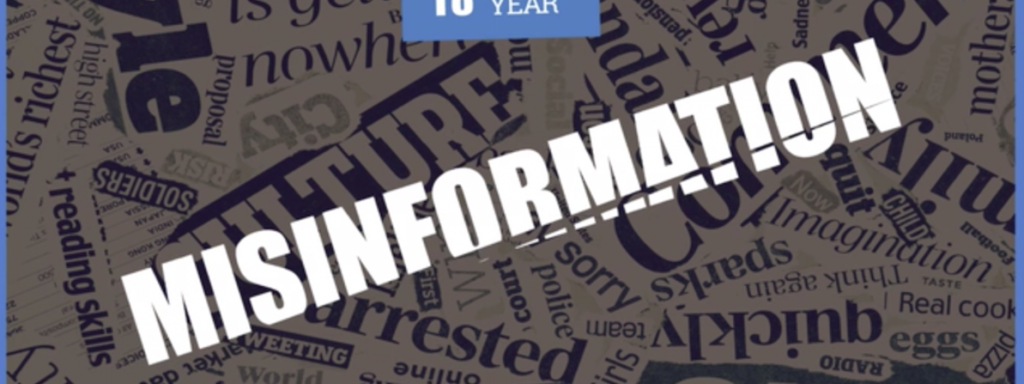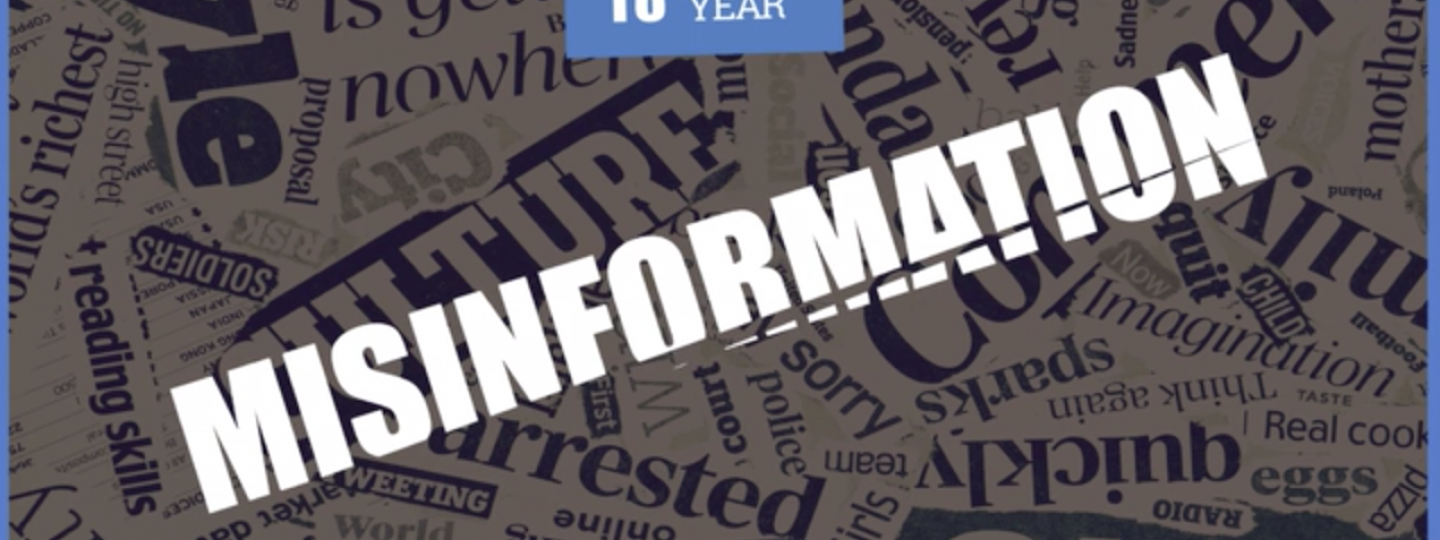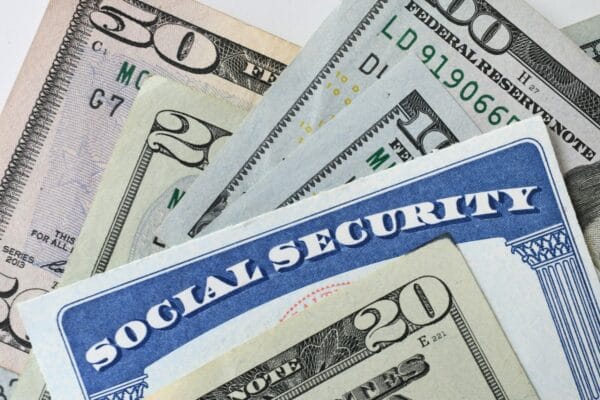What to listen to — and what to filter out

New York Gov. Andrew Cuomo warned that misinformation and fear related to the coronavirus are in many ways “more dangerous than the virus.”
“We now have misinformation and fear and panic which is as contagious or more contagious than the virus,” the governor told reporters. “We have to deal with both of them.”
On a good day, the internet is rife with nonsense. With the world in a tailspin, that has been dialed up to 11.
Nadya Bliss is the executive director of Arizona State University’s Global Security Initiative. The unit works on researching and cracking security challenges that are global in scale, borderless by nature, interdependent and often have no clear solutions — exactly the type of problem the world is under assault by now.
ASU Now asked Bliss to weigh in on how to recognize what’s real and what’s malarkey, and what you can do to find the truth.
Question: What makes this particular situation so challenging from the information perspective?
Answer: First of all, it is important to appreciate that COVID-19 is tracking an exponential trend. An exponential trend is essentially one where the change from one data point to the next is a multiple. So, for example, if you start with two infections that are increasing at an exponential rate of doubling every day, then in 10 days there will be 1,024 infections. And then on 11th day, there will be 2,048. Because of the novelty of the SARS-CoV-2 virus, there isn’t enough data to say definitively exactly how often the number of COVID-19 cases is doubling, but all data indicates that it is every few days.
So from day to day, the situation is drastically different. It is difficult to internalize an exponential and that can cause a lot of confusion or bad information to be shared. In fact, while an exponential sounds scary, it should actually be reassuring. If we understand that the virus’s spread is exponential, then we know that tomorrow is going to be a lot worse than today and we can prepare for it. This is why there are so many calls to devote more resources to hospitals and the health care system — it’s not because they are overrun with cases now. It’s because the exponential spread of the virus indicates they will be in the near future.
Q: Regarding coronavirus, is there more than the usual amount of nonsense floating around on the internet?
A: There is always a lot of nonsense floating around the net. But the nonsense in this case is particularly dangerous since we are in the middle of a worldwide pandemic. I’ll make three points about some of the misinformation floating around:
First, there are simply a lot of unknowns about the virus because it is new. This provides fertile ground for rumors and for people looking to deliberately spread false information, because bad information cannot always be easily refuted by well-documented facts in this case.
Second, there is much misinformation that is caused by fear and panic, but also by the fact that some countries control their information environments and thus it is difficult to know the truth — though that was more of a challenge in the beginning of the timeline.
Third, the lack of testing in the U.S. has also created much opportunity for disinformation. People see raw numbers of cases that do not look that alarming in some states. However, all experts agree that the raw numbers do not represent an accurate picture — the numbers represent documented cases, and without robust testing we cannot get an accurate count. Experts agree that the three top interventions that we need to implement at the system level to protect our communities are:
- Social distancing
- Testing
- Ensuring there are medical supplies — respirators, masks, etc. — to manage exponentially rising caseloads
Q: What’s the best way to recognize the truth?
A: The key is to seek out credible sources — consider the credentials of the source and be aware of agendas and incentives. In the middle of an emergency, you want to look at sources that are clear, accurate and transparent. Good sources will say things like: “This is a challenging situation, there is a lot of unknowns, this is what we do know, here are measures we need to put in place.”
And it is important to listen to the experts — medical doctors, scientists, health policy experts — for the details on the disease and drug development; computer scientists/journalists/information scientists on the information environment; national and homeland security professionals on logistics and crisis operations.
Q: Should people stick to the usual trusted sources, like Mayo Clinic, the CDC, and Johns Hopkins, and avoid social media?
A: It is vital to reference trusted sources such as above. However, given that the situation is rapidly evolving, it is OK to consult trusted people’s feeds. Again, I would recommend that those people are experts. Another thing that I would recommend is, if you are someone who is an expert, talk to your family and friends about what sources you follow and what recommendations you would make and why.
Q: What else? Are there new threats in this landscape?
A: One other very important thing to point out is it is vital to not let your defenses down. Hackers and agents that propagate disinformation are opportunist and there already have been multiple reports of efforts to take advantage of this situation. In one case, malware was posing as a COVID-19 tracking map created by John Hopkins. When people clicked on it, it stole information. There are likely to be many efforts — by scammers looking to make money and by adversarial nation states looking to inflict damage — throughout this crisis, so pause, accept that we are not living in a normal moment and then be conscientious. It is OK to loosen your restrictions a bit, but don’t completely forget about security and privacy.












